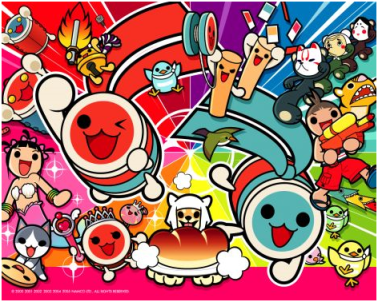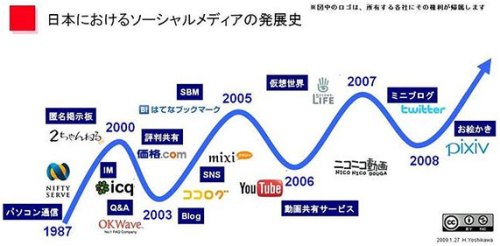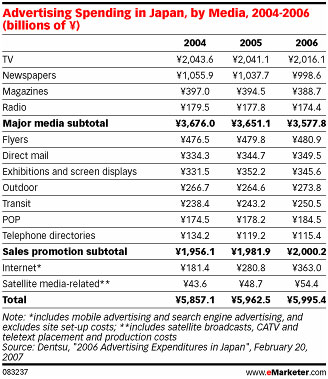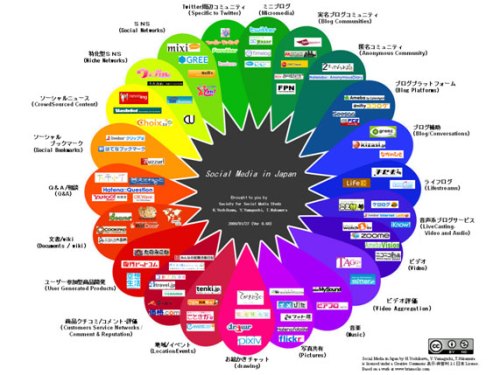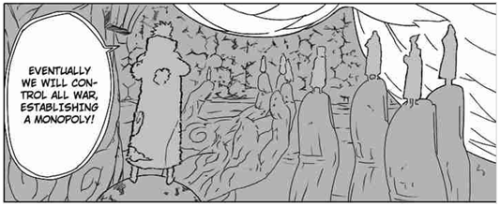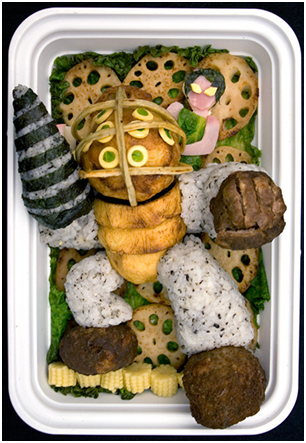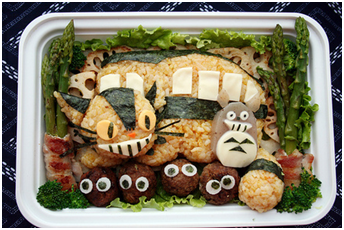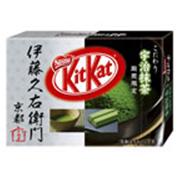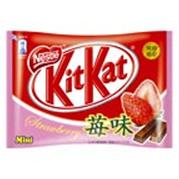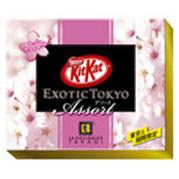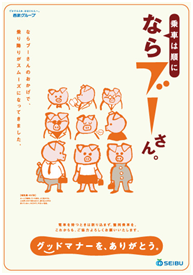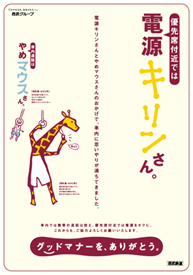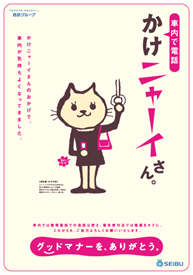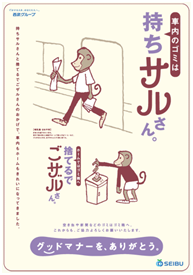This was supposed to be the part two of the Social Media in Japan Article, but I have to say blogging is still not as social as other systems like Mixi and Facebook. So this is the part Two article about Blogging in Japan, here is the info:
Japan is the largest blogging community in the world. According to Technorati’s State of Live Web 2007 report, the Japanese language is the most used language in the blogosphere (37%), followed closely by English at 33%.
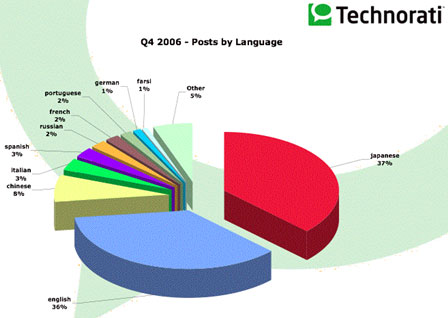
The Japanese ministry believes that in two years about three million people will be maintaining active weblogs, 6.8% of the Internet-user population the same proportion as in the U.S..
Another cool thing to observe, according to Technorati’s State of the Blogosphere 2008 report.
- 24 of Asian blogs are paid to do product reviews.
- They are more concerned about identity
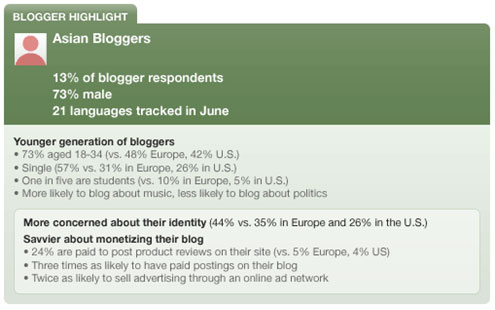
Why is this important? Well first let talk about paid to do product reviews.
In Japanese people are very concerned about information, there are not very spontaneous buyers of technology. They read a lot about it, and are always searching for new data and specs. It is very easy to find big product brochures more focused in presenting details then design as said in this article. So probably companies are going to reach bloggers to make good reviews and advertise their products.
Now let’s talk about blogging about identity in Japan. Have you ever heard about Hikikomori? Wikipedia defines is as:
“Hikikomori (ひきこもり or 引き籠もり, Hikikomori?, lit. “pulling away, being confined”, i.e., “acute social withdrawal”) is a Japanese term to refer to the phenomenon of reclusive individuals who have chosen to withdraw from social life, often seeking extreme degrees of isolation and confinement due to various personal and social factors in their lives. The term hikikomori refers to both the sociological phenomenon in general as well as to individuals belonging to this societal group.”
This is a major problem in Japan, I’ve hear that there is a lot of programs to develop social skills to prevent Hikikomori, but still I have to say Japanese people (not all of them) have a hard time to socialize in the outside world. The internet and videogames create a safe environment, they can express themselves and be whoever they want in this virtual worlds.
All this creates a fake ambient awareness and a lot of parasocial relationships (relationships with fictional characters, like those on TV or books). In some ways this can be a positive way to developed social skill, but the rules are different in the outside world and much harder to go through.
Oh and here is just another cool thing to say about blogging in Japan, actually Microblogging in Japan. According to the graph bellow
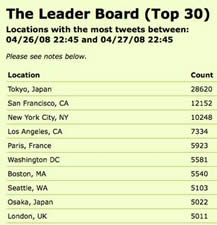
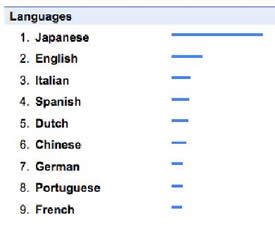
Most of the tweets are made through mobile phones of course.



